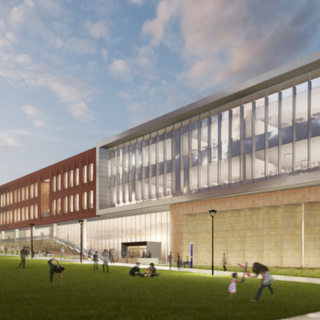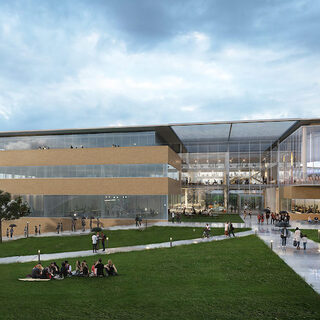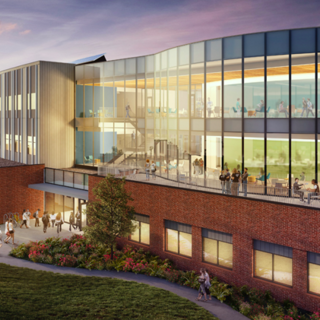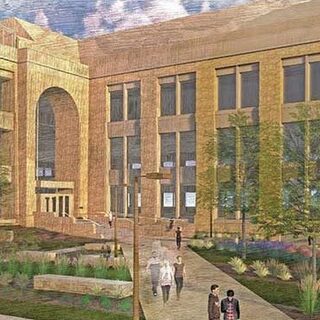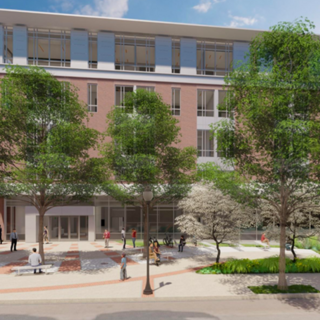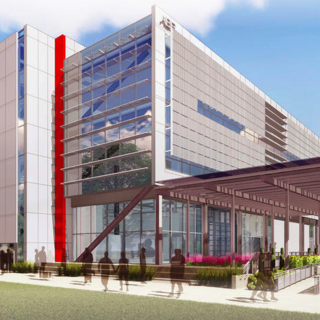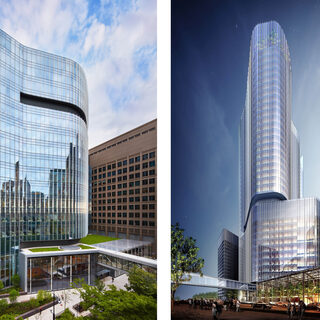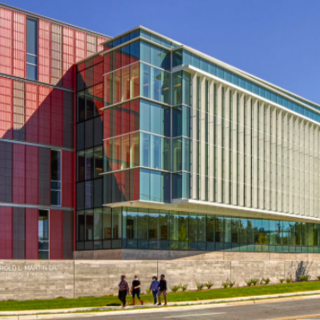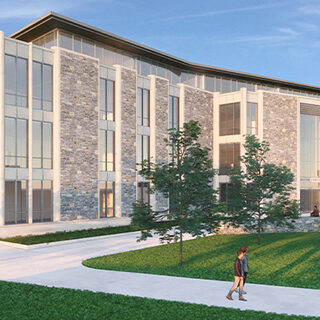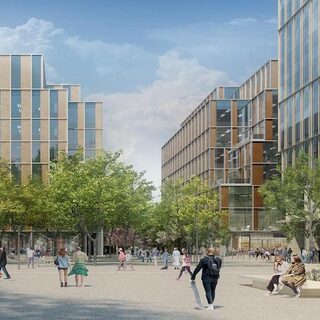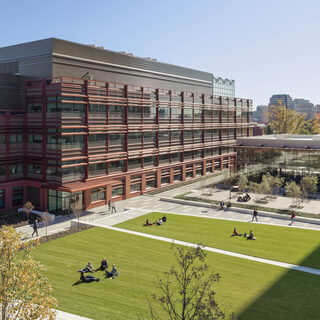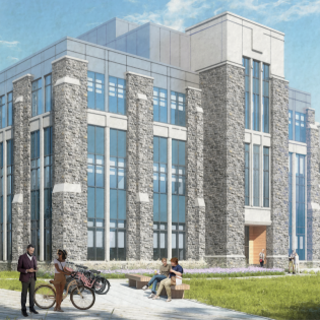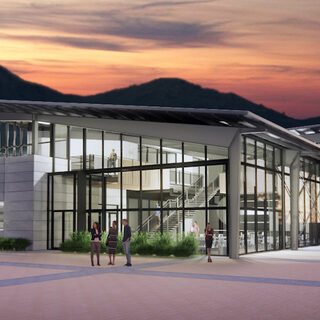Tarleton State University Breaks Ground on Interprofessional Education Building
Tarleton State University broke ground in March of 2022 on the $66 million Interprofessional Education Building in Crowley, Texas. Designed by Perkins&Will, the 102,000-sf facility will provide next-generation learning environments for the College of Health Sciences and Human Services and the College of Education. Featuring high-fidelity simulation and clinical skills suites, the project will provide teaching and research labs, collaboration spaces, classrooms, and a large multipurpose hall.
